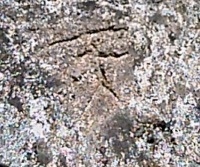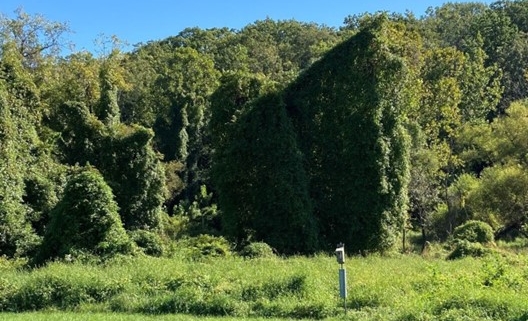Fairfax Master Naturalists Donate to Mason Neck State Park
Article and photo by Sarah Mayhew
As part of FMN Chapter Project at Mason Neck State Park, FMN budgeted funds in 2023 to assist the Park maintain its pollinator gardens. The Park requested that we use the funds to purchase equipment that will assist with that mission. We delivered a gorilla garden cart, a Stihl battery-operated weed whacker and a battery-operated hedge clipper to the Park on January 7, 2024. Shown with the equipment are Chief Ranger, Visitor Services Jaime Leeuwrik (also our Chapter’s Co-Advisor) with Ranger Alex Dullea accepting our donation.
Our Chapter Project has been dormant but will soon resume activity. If you are interested in designing informational signs, please join us. Contact Sarah Mayhew for details (sarah.mayhew@yahoo.com with MNSP in the subject line).
We will soon begin garden workdays. Since we are joined by volunteers from the Friends of Mason Neck State Park, our sign up for these workdays will be via a Sign Up Genius link. It will be posted to the Google Group with workdays expected to begin in early March. For more information, contact Sarah as above.














